How to Repair Hole in Flexible Duct
Anyone familiar with flexible ducting is aware of the fact that they can be susceptible to damage because of their flexible nature. But did you know you can repair the hole if you address it in time?
In this blog, we provide guidance in how to repair a hole in a flexible duct.
With new buildings being made to be as energy efficient as possible, and the UK aiming for 95% of its electricity usage to be low carbon by 2030, it is imperative to understand how we can make the most of our ventilation. This is where MVHR units come in.
To prevent mould, fresh air should constantly be introduced into your dwelling daily, as it helps to regulate temperature and reduce condensation. Introducing fresh air can be as simple as having a ventilation routine, or installing extractors or MVHR units. Almost all of this is facilitated by ducting.
I-Sells is here to provide the answers you need whilst also supplying you with all the information you need to combat mould and have a well-ventilated home.
How and why do flexible ducts get holes?
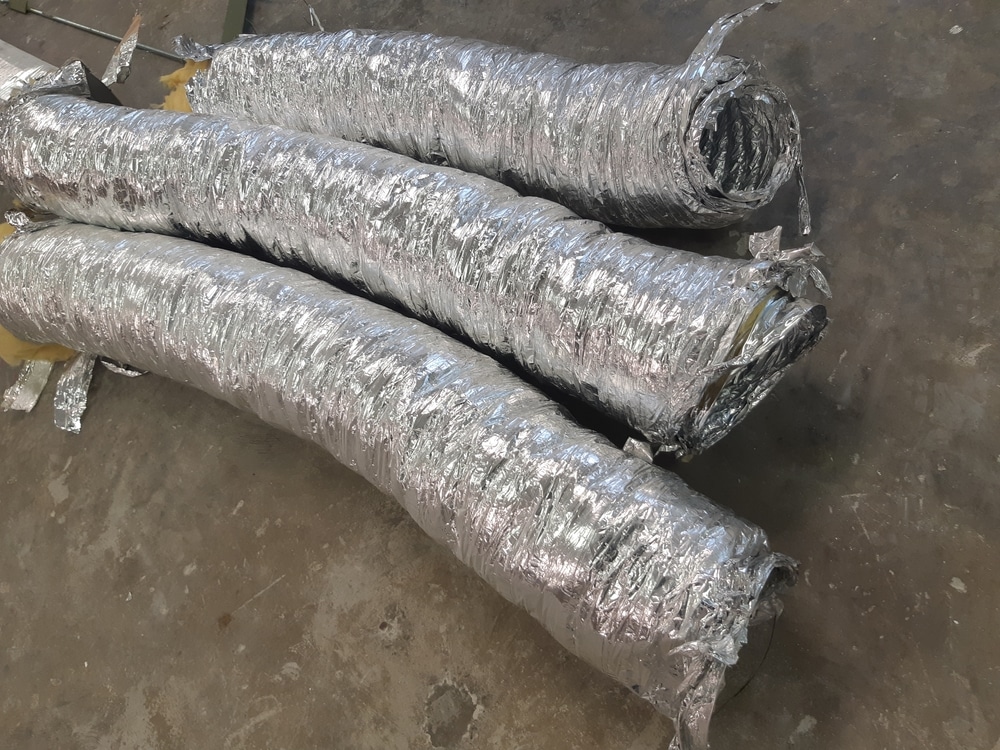
Flexible ducts are known for being flexible because the ducting is made in such a way where it can extend and bend. This is thanks to the materials it is made from. Even though flexible ducting makes ducting viable in spaces that are difficult for rigid ducting, it comes at a cost.
Compared to rigid ducting, flexible ducting is physically weaker, this means the following issues can create holes in flexible ducts…
- Rodents or large insects biting or scratching their way through.
- Mishandling of the ducting or accidental punctures.
- Inadequate joining of ducting.
- Bends within the ducting that are too acute.
- The ducting being placed in an area where it can be punctured by the environment.
- The ducting being old.
- Using the wrong material of ducting for the output of the HVAC system.
Can I leave holes in my ducting?
No. You should never leave holes in your ducting. Failure to address the holes in your ducting can ultimately lead to condensation forming in the ducting, over time, this provides the perfect environment for mould to thrive.
Left unattended, mould can spread through your ducting, and begin to affect the health of the occupants of the home, in addition to the home itself.
Preventing holes in your ducting
When you are installing your ducting, make sure you take note of these helpful tips that can help to lengthen the life of your ducting by keeping them free from holes.
- Cover the ducting in insulation. This helps to maintain a consistent temperature, in addition to providing some extra durability.
- Keep the ducting away from sharp objects.
- Try to prevent the ducting from being too taut, but at the same time, not too slack. Ducting that is too taut can rip if it is subject to sudden expansive movements, whereas ducting that is too slack can end up resting on a surface that can cut it.
- If possible, try to clean the space the ducting is being installed in. Keep it clear of debris.
- Install the ducting so it is inaccessible to children and pets.
- Do not re-use ducting that has already been used in another HVAC system.
- Make sure the diameter of the flexible ducting is relative to the ducting/HVAC system it will be installed alongside.
How to repair a hole in a flexible duct
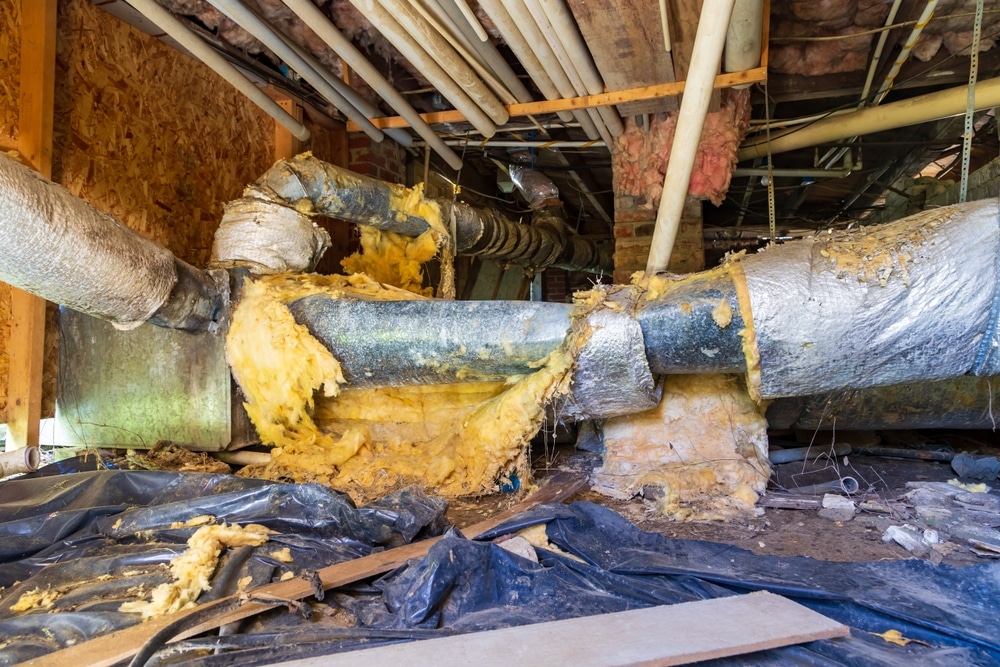
Repairing a hole in flexible ducting is possible, but depending on when the repair is conducted, it may be too late.
Here are two go-to methods for repairing a hole in flexible duct. If possible, make sure your HVAC unit is off before starting this process.
Cutting and reattaching
The first option can only be done if your flexible ducting is slack, this indicates it can stretch. This is crucial as this method involves cutting at either side of the location of the hole, and with the remaining ends, connect them together and secure them. Make sure to use plenty of foil tape to reinforce them, and cable ties to secure them.
Using additional ducting
The second option involves using semi-rigid ducting, or a rigid connector. For this method, cut the ripped ducting in the same fashion so two ends with no holes in the ducting are able to attach. However, this time, you insert the semi-rigid ducting, or rigid connector (which has a diameter large enough to slot between the ducting ends).
Ensuring the semi-rigid ducting has at least 4 inches (10.16 cm) inserted on each side, secure the three pieces together using cable ties or quick release worm drive clips.
Both of these methods can be reinforced with the aid of ducting insulation.
Is it better to repair ducts or replace them?
In our opinion, it is better to replace ducting rather than repairing it. We understand that costs are a relative factor, but in some cases, the damaged ducting may have spread issues such as mould through the ducting system itself.
The best way to avoid cases like this is to repair the ducting immediately, rather than leaving it to repair at a later time. Every second counts. Here are some signs that indicate your ducting may have a hole in it.
- The ducting is making a sound it hasn’t made before
- The HVAC system is working at a less efficient rate.
- There are large bugs or even vermin within the ducting.
- Mould has spread through the ducting/HVAC system.
Can I maintain my ducting?
Yes. Aside from ventilation, scheduling ventilation maintenance checks by a professional is the best way to be preventative rather than reactive. By getting maintenance checks, you are ensuring that any possible issues are dealt with in advance, ensuring a longer life for your ducting system.
Flexible ducting options
I-Sells is a provider of ventilation solutions and everything that comes with it, including ducting. We supply flexible ducting and much more.
Whether it is flexible aluminium or PVC ducting you’re searching for, we have it. Some of our options can also vary in diameter in accordance with your needs. This includes 100 mm and 102 mm in diameter. This also applies to the lengths we have available.
Installing ducting, who can do it?
HVAC technicians offer services which can include installation of a HVAC system and its ducting for most if not all kinds of properties. Please note that the complexity of the job at hand could alter the price if there are no fixed rates for certain services.
Alternatively, you can install your ducting yourself, as long as it ends up being compliant to part F of building regulations, and does not compromise the safety of any person in the property.
Though this second option can be especially difficult if you have no experience, equipment, or guidance. If you are struggling, please feel free to contact us, and we may be able to point you in the right direction.
Purchase flexible ducting today
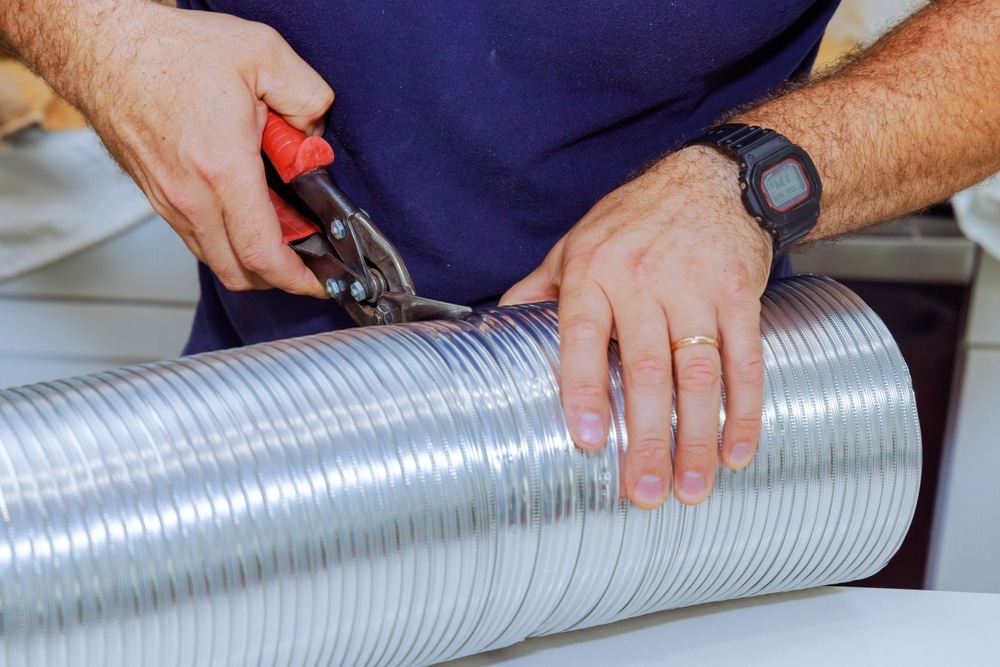
We at I-Sells endeavour to ensure our customers have all the information they require before investing in our mould solutions. Be sure to visit our blog page to learn about the vast array of factors and issues surrounding ventilation, mould, condensation, and much more.
We hope to have answered the question ‘How to repair a hole in a flexible duct?’
We understand you may have more questions, do not hesitate to contact us for more information about whatever you need our help with. If you’d like to send us an email, click here. For other contact options, see below:
Call us on 020 8463 9696
Visit us at our showroom:
*OPENING TIMES*
Monday – Friday: 8:00 am to 5:30 pm
Saturday: 9:00 am to 12:00 pm
Sunday: Closed
15 St John’s Parade
Sidcup, Kent
DA14 6ES
United Kingdom

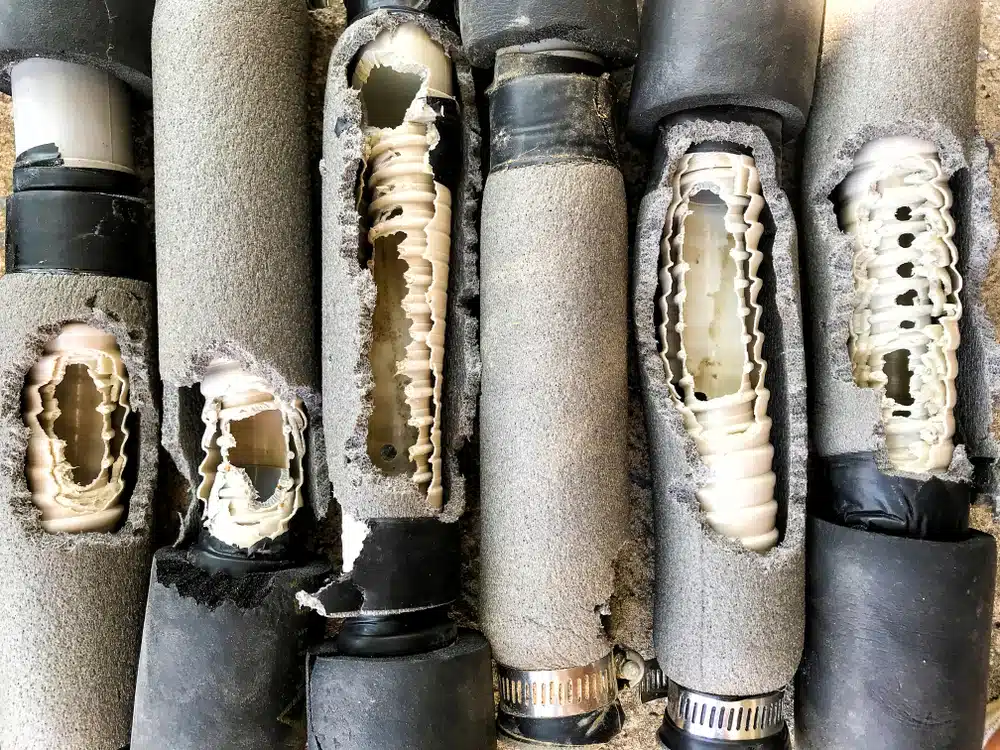
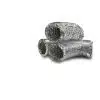

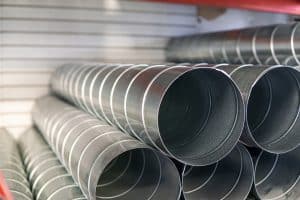
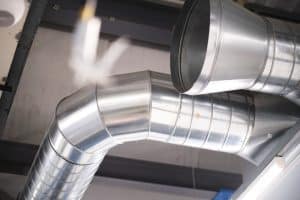

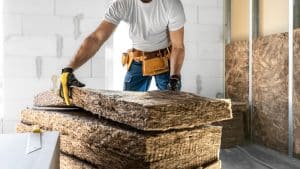
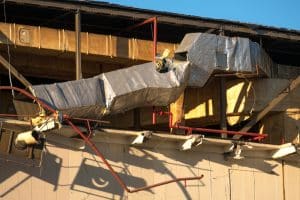



















Add comment
You must be logged in to post a comment.